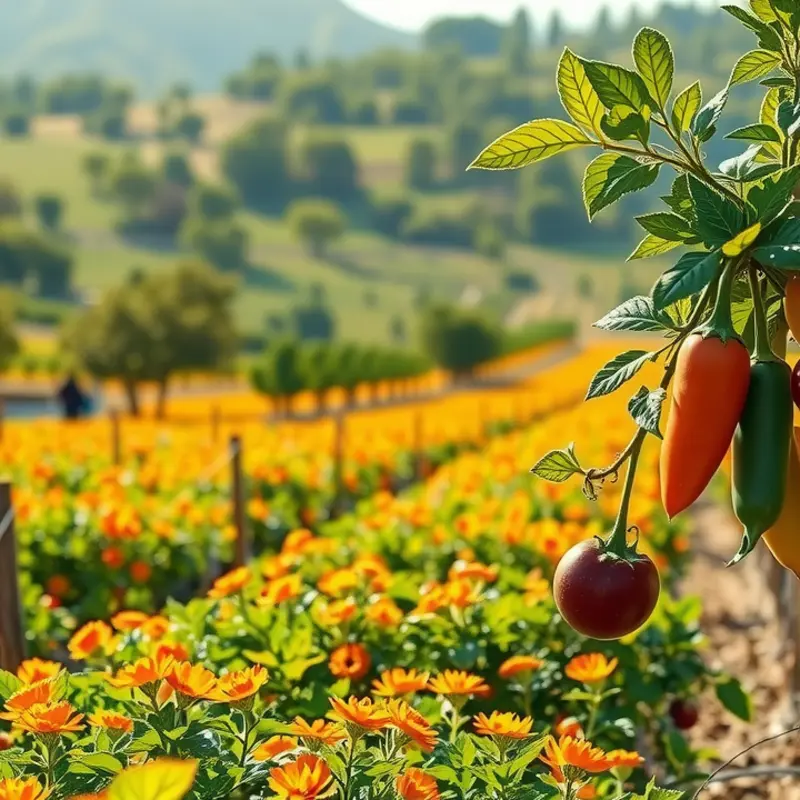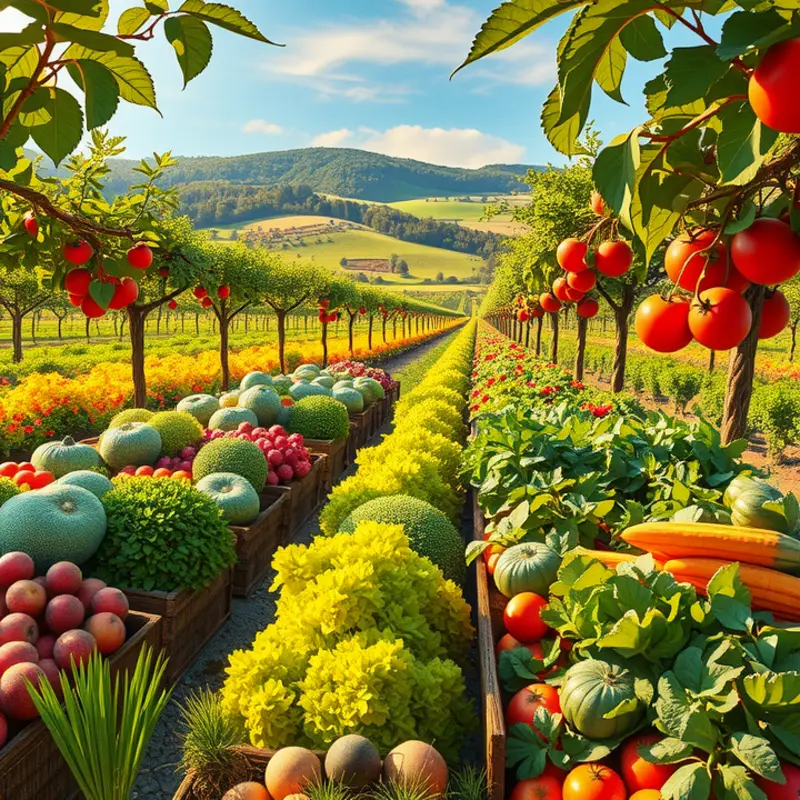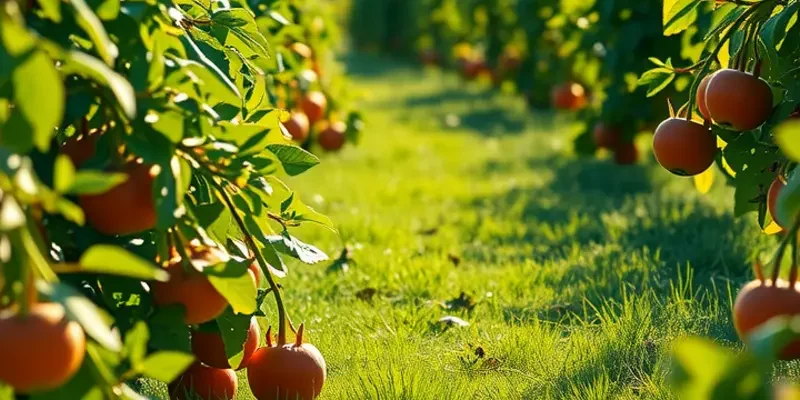Colombian cuisine is a vibrant journey through diverse cultures and traditions. Each region boasts unique flavors and culinary practices, shaped by indigenous roots, European influence, and African heritage. From the Caribbean coast to the Andean highlands, the array of ingredients and cooking techniques reflects a rich history and a profound sense of community. Embarking on this gastronomic adventure, we will delve into the signature dishes, intriguing cooking methods, and the cultural significance behind some of Colombia’s most beloved foods.
A Culinary Kaleidoscope: Regional Diversity

Colombia’s culinary landscape is a testament to the country’s rich geographic and cultural diversity. From the lush Amazonian jungles to the windswept deserts of La Guajira, each region offers a unique flavor profile shaped by its distinct environment. The variety of climates and terrains across Colombia provides fertile ground for an array of local ingredients, influencing the traditional dishes that define each area.
In the mountainous region of Antioquia, the iconic bandeja paisa encapsulates the hearty spirit of its people. This robust dish, a medley of beans, rice, ground meat, chorizo, plantain, arepa, and avocado, reflects the region’s agrarian roots and the hard-working nature of the paisas, as the residents are called. Its rich flavors and generous portion sizes offer a comforting embrace amidst the cooler Andean climate.
Exploring further south, the warm valleys and rivers of Tolima and Valle del Cauca bring forth delights such as sancocho, a beloved soup that varies from family to family. Made from a sumptuous blend of meats, yucca, potatoes, and plantains, each spoonful evokes the communal gatherings often celebrated with this dish. The diverse ingredients tell tales of local farming traditions merged with indigenous and Spanish culinary influences.
The Amazon rainforest, with its abundance of exotic fruits and fish, presents a completely different flavor palette. Ingredients like yuca and Amazonian fruits like açai and guarana feature prominently in meals, offering a taste that is foreign and mysterious to outsiders but deeply familiar to the indigenous communities who call this lush paradise home.
Venturing to the Caribbean coast, seafood dominates the culinary scene. Fresh catches of fish, lobster, and shrimp form the basis of many meals. Dishes such as arroz con coco and ceviche exemplify the vibrant, tropical flavors of this region. The use of coconut and fresh citrus in cooking reflects the Afro-Caribbean influences that pervade the coastal areas, coupling well with the sunny, warm vibes.
Moving to the northern desert region of La Guajira, arepas take on a distinct regional identity. Made with cornmeal, these humble, versatile cakes vary from region to region. In La Guajira, they’re often enjoyed with goat cheese or grilled meats, showcasing the resourcefulness of a people living in a harsher, drier climate.
Each of these regional specialties encapsulates more than just taste; they narrate stories of migration, cultural fusion, and adaptation. The convergence of indigenous practices with European and African influences paints a vivid picture of Colombia’s culinary history. For those interested in learning more about global culinary influences, exploring these culinary influences through the lens of trade offers additional insights.
In the rich tapestry of Colombian food, one thing remains consistent: a deep connection to the land and its people. The flavors are as varied as the landscapes, each dish a celebration of regional identity, history, and communal pride.
Cultural Significance: Food as Community

Food in Colombia serves as a cornerstone of community and cultural identity. Meals are not just about nourishment; they are profound expressions of kinship, heritage, and celebration. Every gathering around the table reinforces bonds and revisits shared histories. From grand festivals to intimate family gatherings, food binds Colombians in a vibrant tapestry of flavors, traditions, and rituals.
In Colombian culture, meals are a time to connect deeply with family and friends. One cherished tradition is la hora del once. This late-morning snack is a comforting pause from daily activities. Families and friends come together over coffee, sweet breads, and cheese, sharing stories and laughter. It’s a cultural ritual that echoes Colombia’s warm hospitality and the value of togetherness.
Paseo de olla is another remarkable tradition that underscores the communal spirit behind Colombian cuisine. This term refers to family cooking outings, usually taking place in the countryside. Families gather by rivers or lakes to cook hearty meals in large pots, often over an open flame. Popular dishes like sancocho, a rich, savory stew, are lovingly prepared and savored by everyone present. These gatherings are imbued with joy, creating moments of joy and connection that are cherished for life.
Festivals vibrate with a unique blend of music, dance, and food, reflecting the diverse and colorful nature of Colombian society. Major celebrations like the Barranquilla Carnival or the Flower Festival in Medellín showcase an array of delightful culinary creations. Each festival provides a sensory voyage of local specialties, underscoring the interplay between Colombian food and its cultural events.
Colombian beverages also play a significant role in culinary traditions. Aguapanela, a simple yet refreshing drink made from panela, is a staple. Panela, derived from sugar cane, embodies the essence of Colombia’s agricultural legacy. Aguardiente, an anise-flavored liquor, often marks celebrations. Both drinks highlight artisanal techniques that pass through generations, preserving their authentic taste and cultural roots.
By embracing these culinary rituals, Colombians foster deep connections among family and friends, celebrating the richness of their cultural heritage. Visitors to Colombia often discover how these traditions extend beyond the taste of food, enriching their understanding of community and belonging.
The importance of Colombia’s culinary customs reminds us of the impact of food on cultural bonds. In this light, Colombia serves as a vivid illustration of how communal dining cultivates ties across tables and time, much like culinary influences in global trade. These practices illuminate how food, beyond sustenance, becomes a medium for community-building and cultural expression.
Final words
Colombian food heritage offers an enchanting exploration of flavors woven with history, identity, and community. From hearty dishes representing the Andes to the tropical influences of the coast, each meal carries a story, a memory, and a celebration of life. Engaging with Colombian cuisine not only tantalizes the taste buds but also connects one deeply to the culture and traditions of this vibrant nation. Those who choose to venture into Colombian culinary traditions will find themselves enriched, inspired, and hunger for more culinary knowledge.








